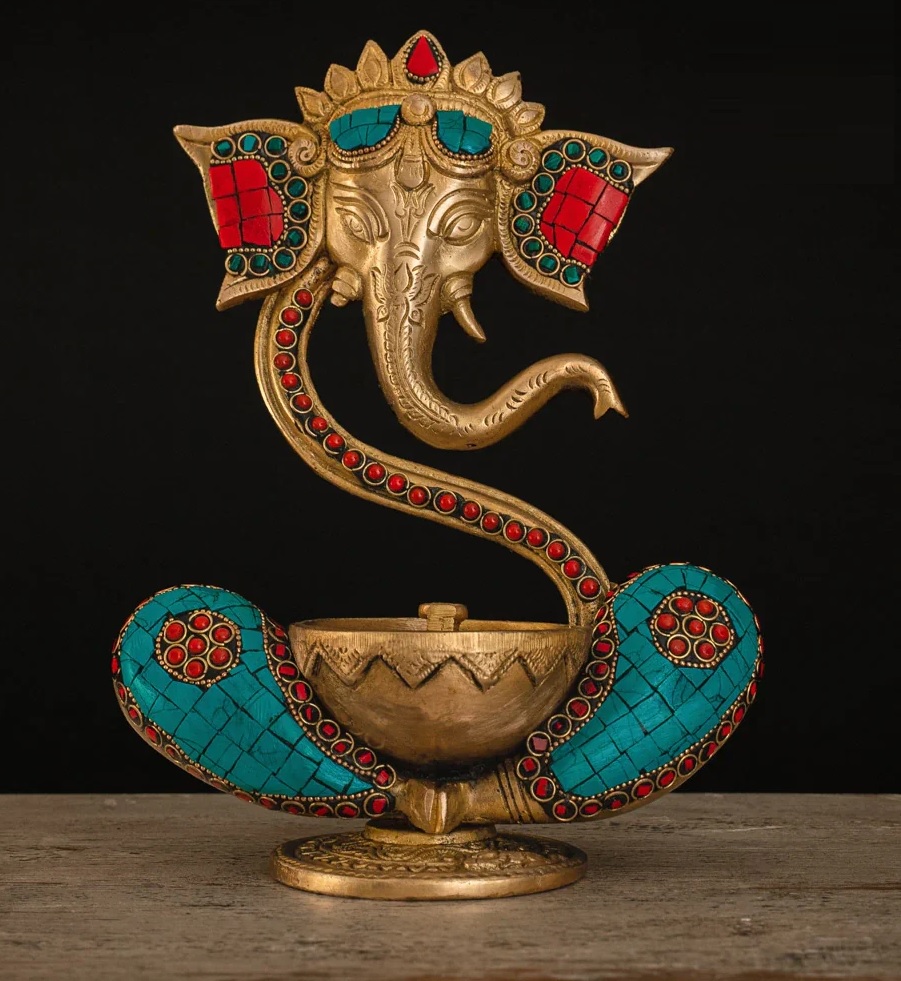SIGN UP FOR NEWSLETTER
Be the First to Know. Sign up to newsletter today

Bronze handicrafts in India are very popular. Bronze is a metal alloy of primarily copper with approx. 12% tin.Firstly, the rich heritage of Tamil culture is beautifully reflected in the traditional handicrafts of the State. In addition, these ethnic art forms also help in preserving antique artifacts from Chola and Pandya dynasties.
Available at Bangalore:- Central Cottage Industries, Cauvery Handicrafts emporioum,
Shops in Chennai:- Giri Trading, Srushti the handicraft emporioum, The Museum company, Poompuhar, Cottage Industries Exposition, Central cottage, Ranee’s
Available at Delhi:- Variety Arts Emporium, Central Cottage Industries Emporium, Kairali, Poompuhar
As a matter of fact , artisans create bronze idols by the cire-perdue (“lost wax”) process. They first make the icon in wax on which three layers of clay are applied and left to dry in the sun. Next, the mould is heated over an oven so that the molten wax could be drained out through suitable holes in the idols. Further, once completely clear of wax, the mould is filled up with the molten metal and allowed to settle down. Finally, the mould is broken off to uncover the bronze icon. The icon gets finishing touches in the later stages of chiselling, detailing and polishing.
The most popular bronze icon is that of the Nataraja (the dancing Shiva), the main deity of Hinduism. In this art form, Lord Shiva is depicted as dancing within a flaming (fire)halo (denoting time). The circle corroborates with the popular Hindu belief about the cycle of life & death without end. The river(symbolising water ) Ganges is depicted as flowing from his hair, and the drum(symbolising sound, creation )is in his hand. He dances on a dwarf that symbolises ignorance.The dance being performed by Shiva is the Tandava or the cosmic dance.
The old Chola Centres of Swamimalai,in Kumbakonam district , Madurai and Tiruchirapalli continue to make some of the best bronze sculptures as per the strict rules of Shilpa Shastra ( ancient manulas of sculpture ). In fact, the divine beauty truly comes alive in the hands of skilled Tamil artisans in these centers. As a matter of fact, the artist quotes the price for the work even in reputed shops.
The Chola Dynasty ruled between the 9th and 13th centuries and encouraged the building of Temples and handicrafts. The Chola rulers even expanded their territories to Odisha , Sri Lanka and South East Asia. Tamil Nadu has a distinct culture of creating wonderful bronze sculptures from the Chola period. The concept of creating sculptures in ‘panchaloha’ (five metals such as tin, copper, bronze, silver & gold), is a speciality in TamilNadu.
Be the First to Know. Sign up to newsletter today
219 views